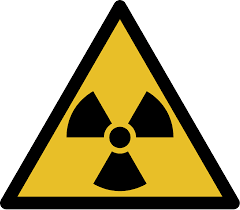January is National Radon Action Month and YOU should test your home for radon. It doesn’t matter whether you live in an old building or new construction; radon “can enter homes through cracks in the foundation or other openings and can accumulate unless properly mitigated,” says the Colorado Department of Public Health & Environment (CDPHE). The invisible, odorless gas is the leading cause of lung cancer in non-smokers and is responsible for more than 500 lung cancer deaths in our state each year, according to the CDPHE. You can find everything you need to know at the state’s official radon website, coloradoradon.info, including where to buy a test kit; how to find a contractor if mitigation is required; the laws concerning radon and real estate transactions; health information and data; mitigation financial assistance for low-income households; and more. Our library also has many resources that can help you learn about what radon is and why it so important to test your home or other property for radon:
- Preventing Radon Problems in the Home
- Psychological Consequences of Radon in the Home
- Radon: Issues and Answers
- Radon, the Invisible Killer (DVD, available for checkout)
- Radon Gas Levels in Metropolitan Denver Homes (available for checkout in print)
- Radon in the Home
- Radon in New Home Construction
- What You Should Know About Radon in Schools

- How to Spot the Differences Between Eagles and Hawks - August 16, 2021
- How Transportation Projects Help Tell the Story of Colorado’s Past - August 9, 2021
- Time Machine Tuesday: The Night the Castlewood Canyon Dam Gave Way - August 3, 2021